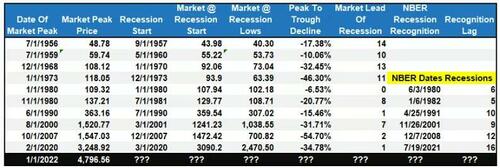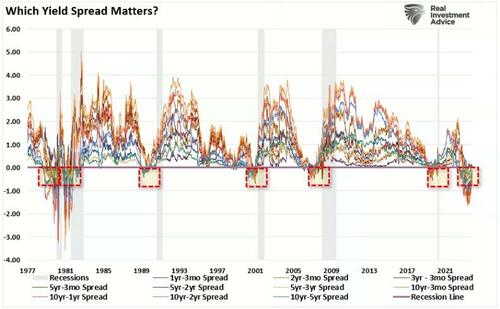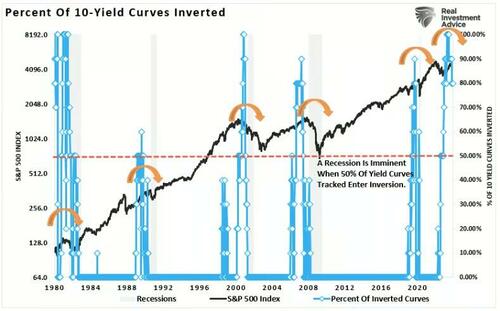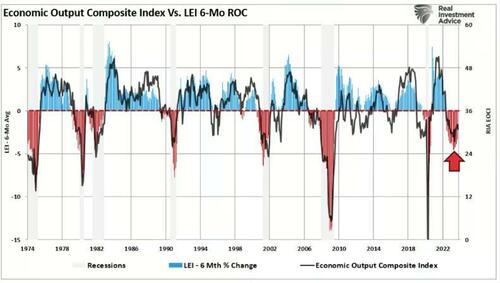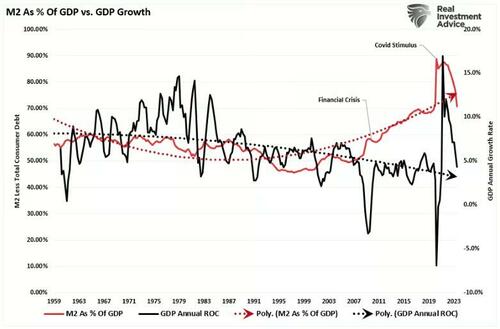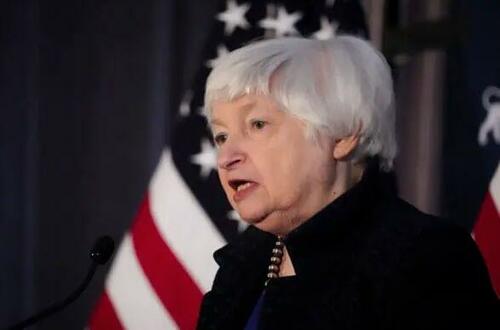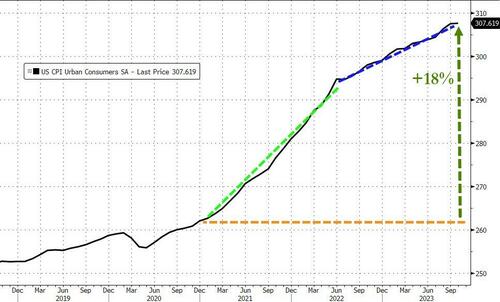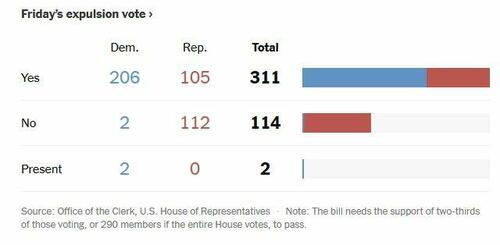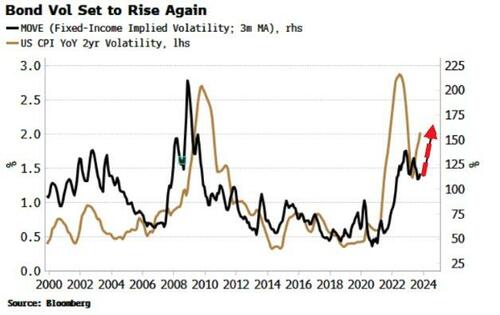On Monday, I started serial-blogging my article, The Myth of the Federal Private Nondelegation Doctrine, which has just come out in the Notre Dame Law Review. I continued this on Tuesday, Wednesday, and Thursday, and today’s is the last installment. This is a timely issue, because of the horseracing case currently pending in the Fifth Circuit (in which I filed an amicus brief on behalf of the Reason Foundation and others). Here’s Part II.B, explaining how there are no nondelegation doctrines specific to private parties — here, focusing on separation-of-powers theories like the Appointments Clause. (Please be sure to refer to the real version if you want all the footnotes!)
* * *
C. No Private Due Process Doctrine
Finally, let’s talk about application-based theories; here, I’ll focus on the bias branch of due process.
I start here by pointing out that, in some ways, due process doctrine is pro-privatization, because a private party is often a nonstate actor—which is not bound by constitutional rights. Whether or not this is desirable on policy grounds, some privatizations are more likely to be constitutional if the delegate is private.
Then, I focus on cases where private parties are exercising coercive power and are thus state actors subject to due process. Under the bias doctrine, the power to deprive someone of a life, liberty, or property interest can’t be vested in someone who is biased—especially financially self-interested—in the exercise of that power. This caselaw doesn’t draw distinctions between public and private actors.
1. The State Action Doctrine
Private parties generally aren’t “state actors”; they’re exempt from virtually all constitutional rights. (But not always: for instance, private prison providers are still state actors with respect to inmates, because they perform a traditional public function.) The state action doctrine has been around for over a century and isn’t going anywhere soon, though it involves many tricky cases, especially for hybrid entities.
When a nonstate-actor private entity replaces a previously governmental entity, lots of constitutional protections no longer apply. For example, employees are easier to fire—including for nakedly political reasons—and any hearings due process might have required for civil-service employment won’t be required in the private context. (And this isn’t just a matter of constitutional rights: private parties that enforce federal law, for instance as qui tam relators, don’t have the same legal constraints that the executive branch has related to faithfully executing the laws.)
This is a common critique of privatization. Surely government can’t free itself from constitutional restrictions, and reduce constitutional protections available to service recipients, by offloading those responsibilities to private providers? But it can—and does. This constitutional deregulation that results from privatization is often billed as an efficiency advantage; others argue that it may be part of an insidious agenda, and that it is in any event harmful even if unintentional.
The need to maintain constitutional accountability might be a good policy argument against privatization—though keep in mind that desirable procedures can still be provided by contract as a condition of privatization. (In other cases, there’s no need for government to offer the service at all, and the state action doctrine provides important guarantees for the liberty of the private sector.)
But this isn’t a constitutional argument against privatization. If anything, the state action doctrine is pro–private delegation, because it delimits a public sphere where constitutional rights apply in full force from a private sphere where constitutional rights don’t apply. To the extent that privatization thus removes constitutional restrictions that previously applied, privatization makes a particular arrangement more likely to be constitutional. While certain procedures might have been unconstitutional under public provision, after privatization (if the private provider isn’t a state actor) the question of constitutionality doesn’t even arise.
2. Private Cases: Just like Public Cases
But now let’s focus on cases where the state action doctrine doesn’t help the private delegate. For instance, where the private party is exercising coercive power, it is probably a state actor under the “traditionally exclusive public function” doctrine; privatization thus doesn’t change the applicability of constitutional norms.
In the zoning context, Eubank v. City of Richmond and Washington ex rel. Seattle Title Trust Co. v. Roberge establish that a legislature can’t delegate a power to some property owners to “virtually control and dispose of the proper rights of others” when they can “do so solely for their own interest.”
In the context of creditor remedies like wage garnishment or prejudgment replevin procedures, a creditor—obviously a self-interested party—can’t freeze a debtor’s wages or seize his goods without making some showing before a judge. In 2021, the Supreme Court reaffirmed this rule in the context of landlord-tenant law: the ability of a tenant to unilaterally stave off eviction by self-certifying financial hardship, where the landlord has no access to a hearing to contest that certification, violates the command that “no man can be a judge in his own case.”
This is where Carter Coal naturally fits. In the context of industrial regulation, a “majority” of industry participants may not “regulate the affairs of an unwilling minority.” As the Court wrote: “This is legislative delegation in its most obnoxious form; for it is not even delegation to an official or an official body, presumptively disinterested, but to private persons whose interests may be and often are adverse to the interests of others in the same business.” Such a delegation to self-interested parties clearly violates due process because, “in the very nature of things, one person may not be entrusted with the power to regulate the business of another, and especially of a competitor.”
All these bias cases recite the same principles, whether public or private actors are involved: private self-interested neighbors, creditors, tenants, and coal industry participants are treated just like the public mayor-judge with the fishy compensation scheme in Tumey v. Ohio. It all comes from a common skepticism of self-dealing, “the human tendency to distrust those who exercise power when they are known to have a narrow self-interest in its exercise.”
This principle also applies in quasi-judicial proceedings like administrative adjudications, as when a state board of optometry controlled by independent optometrists tried to revoke the licenses of corporate-employed optometrists in Gibson v. Berryhill. Was the problem that the (public) Board was biased, or that the (private) optometrists on the Board were biased? It didn’t matter, because the doctrine asks the functional question of bias, not the formal question of public versus private.
Moreover, what we’ve seen about indirect bias and sources of bias other than direct financial self-interest also applies to private delegations. In Eubank and Roberge, where local residents exercised a quasi-zoning power over their neighbors, who knows whether the residents objecting to their neighbors’ land uses cared about property values, neighborhood aesthetics, or not living near a retirement home? (And who cares? There’s nothing magical about being motivated by money, as opposed to being motivated by other personal preferences: money is only good because it helps us fulfill our personal preferences.)
Similarly, in Young v. United States ex rel. Vuitton et Fils S.A., a party was thought to have violated an injunction, so the court granted the opposing party’s attorney’s request to be appointed as special counsel to represent the government in investigating and prosecuting a criminal contempt action. The Supreme Court disapproved this, saying that private prosecutors appointed to prosecute criminal contempt should be as disinterested as public prosecutors. If lawyers representing interested parties acted as private prosecutors, they would act in a biased way (biased toward their own clients, that is) because of “the ethics of the legal profession.” (I suspect that lawyers zealously act in their clients’ interests for crasser reasons than legal ethics. But either source of bias seems equally objectionable.)
Young also illustrates the limits of the usual rule that disinterested review by the time of the first adjudication cures any bias. Ordinarily, there’s no due process problem when private parties’ only power is to invoke (disinterested) legal processes—even though, practically, private plaintiffs wield substantial coercive power. You might think the private prosecutor in Young would be subject to the same principle, because prosecutors don’t succeed unless a judge eventually agrees with them. But the constraints on public prosecutors, which we saw in connection with United States v. James Daniel Good Real Property, also apply in cases like Young : the private prosecutor’s biased behavior can’t be adequately policed by later court review because the private prosecutor “exercises considerable discretion” in various matters, and these decisions are “made outside the supervision of the court.”
Similar considerations apply to arguments that the government shouldn’t be able to contract with private contingency-fee lawyers to enforce state law against private actors. (One can go even further, and argue that private plaintiffs shouldn’t be able, without some preliminary judicial review, to coerce defendants to show up in court or lose their case.)
3. How Private Status Can Be Relevant
Again, we can ask: even though there’s no separate private doctrine, might due process still play out differently in private cases?
Just as with the other doctrines, sometimes this will be true. If a private actor turns out to be performing state action—so it is subject to due process—then some procedures might be constitutionally required, and if those procedures are more likely to be present in the public sector (because of the APA and other statutes), then public-sector delegations are more likely to be found compliant with due process even though the formal doctrine is the same.
Turning to the bias branch of due process, might it be easier to find disqualifying bias in private cases?
One clear case is when private parties are given unconstrained discretion, as in zoning cases like Eubank and Roberge, industrial regulation cases like Carter Coal, or self-help remedies cases like Sniadach and Fuentes. We can probably assume that private parties will seek their individual gain, whether strictly financial or not. Public officials, by contrast, are often presumed to be public-minded, take oaths, have some accountability, and so on. But this is only a presumption—perhaps stemming from a tendency to romanticize the public sector, but perhaps often justified by officials’ lack of strong monetary incentives. Public-official cases like Tumey and Ward (and the rest) show that this presumption can be overcome even without showing actual bias—for instance, by showing the details of public-employee or agency compensation arrangements.
But to assert that all private delegations necessarily exhibit invalid bias is to be insufficiently imaginative about what contractual options are available. Perhaps giving neighbors unreviewable zoning power can never be salvaged. But not all cases are like that. Some have complained that private prison firms have an incentive to be too strict on discipline, to influence parole boards against granting parole to their inmates. This concern isn’t unreasonable, and it resembles other concerns surrounding private prisons (even if not exactly due process concerns): for instance, do private prisons underinvest in rehabilitation? But this is an artifact of per diem compensation, which doesn’t necessarily create the best incentives for effective and humane incarceration. What if we compensated private prison firms based on whether they achieved good results, like low recidivism rates or low rates of in-prison violence?
Similarly, whenever people complain about private welfare providers’ incentives to “park” difficult cases or “cream-skim” easy cases, these problems (to the extent they’re any worse than existing problems with public providers) can be alleviated by better compensation arrangements. Whether this is easy or likely isn’t crucial here: my point is simply that, rather than assuming bias and insisting on per se rules, we should think about what compensation arrangements can alleviate or exacerbate bias.
The same considerations work in the other direction: to suggest that bias isn’t present (or is less present) in the public sector is to ignore the numerous actual cases cited above—and to ignore the history of public-sector monetary incentives. The modern trend toward the salarization of public servants, and the spread of civil-service protections, shouldn’t make us forget the historical extent of very problematic incentives in government work.
Nicholas Parrillo writes—to take just one example:
Customs officers were entitled to a share (moiety) of all goods that were forfeited for intentional evasion. The 1860s and 1870s saw an unprecedented spike in forfeitures and moieties, and there was a sudden flood of complaints that these incentives were pushing officers to construe every mistaken underpayment as intentional . . . .
. . . .
. . . [I]n 1869 the Treasury Department began hiring full-time customs detectives, nicknamed “moiety men.”
These bounties “proved terrifyingly effective at motivating enforcement. Seeking profit, officers went after the merchants as never before, pressing them to agree to harsh settlements, quite often in cases in which the underpayments turned out to be innocent mistakes.” These incentives were adopted intentionally, to encourage vigorous enforcement. And they would be considered due process violations if enacted today.
Similarly, consider the history of incentives for public prosecution. In the late 1700s and early 1800s, public prosecutors had incentives that were pro-prosecution, though not proconviction:
Typically, [public prosecutors] received a fee for every case they brought to trial, regardless of whether the defendant was convicted or not. . . . This arrangement motivated the public prosecutor to impose some hardship on defendants, in that he forced them to go through the hassle of a trial, but he had no incentive to convict them.
But around the mid-nineteenth century, the system changed drastically, in a proconviction direction: “[I]n the decades leading up to the 1860s, more than half the states changed public prosecutors’ fees so that they were available only if the officer won a conviction (or were much higher if he won a conviction).” This changed prosecutors’ incentives in two ways: they became less likely to prosecute losing cases, but they had an incentive to prosecute winnable cases vigorously. The federal government also offered conviction fees in the 1850s; this was most controversial for whisky enforcement in the South and West. In 1896, responding to the intense unpopularity of such schemes, Congress finally changed the fee system to a salary system: “Conviction fees, concluded congressmen, pushed prosecutors to focus too much on piling up convictions for extremely minor and technical offenses, since the perpetrators were easy to round up and convict, given the overly broad nature of the law.”
This history dispels the notion that public employment or public-service provision is necessarily disinterested. But aren’t we past that, in our age of salarization? No, as the modern public-sector due process bias cases prove. But even if we were past that benighted period, that doesn’t imply that private provision must necessarily be more biased in a way that justifies an antiprivatization constitutional norm. After all, salarization, civil-service employment, and the like are just a matter of contract. Public servants are just people who choose to work for government under the terms of public-sector employment, i.e., the government’s promises of compensation. And if we can have contracts that provide good incentives for public-sector employees, we can also (at least sometimes) write contracts that provide good incentives for private providers. Accountability mechanisms, compensation systems that encourage good behavior, and so on, can be imposed on private providers as a matter of contract. And this means that one can have private delegation, even of coercive functions, without necessarily running into due process problems.
Conclusion
Fine, maybe there is no private nondelegation rule. But one could still argue there should be, as in some countries and U.S. states. For instance:
- The Israeli Supreme Court has staked out a doctrine under which prison privatization is inherently unconstitutional, merely because of the private nature of the delegate and regardless of how prisoners are actually treated.
- Germany follows a more moderate approach: the German Basic Law provides that “[t]he exercise of sovereign authority on a regular basis shall, as a rule, be entrusted to members of the public service who stand in a relationship of service and loyalty defined by public law.” The German Federal Constitutional Court has taken the words “as a rule” to allow for reasonable exceptions based on policy considerations, provided sufficient accountability is present.
- And various U.S. states, such as Texas and Rhode Island, have also developed various private nondelegation doctrines.
Federal constitutional law could follow the lead of these jurisdictions and develop such a doctrine. It could do so on an inherent theory: i.e., there’s something inherently wrong with private delegations. Or, it could do so on a prophylactic theory: i.e., private delegations are more likely to be problematic than public ones, and looking to functional considerations on a case-by-case basis is too costly, so a per se rule reduces total error costs. I don’t think one should adopt any antiprivatization doctrine for either of these reasons, but making this normative argument is beyond the scope of this Article. For now, the positive analysis leaves us with a few takeaways:
- A few doctrines of federal constitutional law are pro-privatization, meaning that private delegations can reduce the number of constitutional restrictions that apply and thus decrease the chance that anything unconstitutional is going on. Perhaps those doctrines are ill-thought-out (I have my doubts as to the exclusion of occasional contractors from the Appointments Clause), but in any event, they’re not antiprivatization.
- Otherwise, we don’t have doctrines that rule out private delegation as such. The main doctrines that people often point to—the Article I Nondelegation Doctrine, the Appointments Clause, and the Due Process Clause—may rule out some private delegations, but only based on the same neutral analysis that also rules out some public delegations.
- And if the neutral operation of these ordinary doctrines ends up ruling out private delegations more often than public ones (e.g., maybe bias is more present in the private sector)—well, that could just mean that the neutral doctrines are working. The neutral doctrines successfully point to the presence of particular factors that we care about, not public or private status as such.
Any given private delegation might still be unconstitutional. But this requires focusing on particular features: Did Congress give up too much power? Are people who exercise federal authority sufficiently accountable, in the sense of being appointed and removed through the proper political processes? Are people with coercive power subject to unacceptable bias?
The only thing the analysis in this Article rules out is the tendency, in some judicial or scholarly quarters, to paint with an overly broad brush and say that private delegation is ruled out a priori, due to a supposed constitutional “private nondelegation doctrine.” There is no such thing.
The post The Myth of the Federal Private Nondelegation Doctrine, Part 5 appeared first on Reason.com.
from Latest https://ift.tt/78VPev6
via IFTTT


